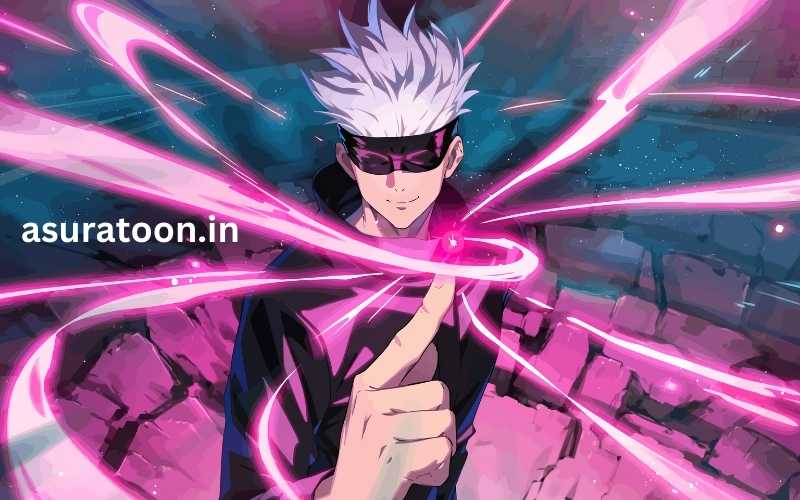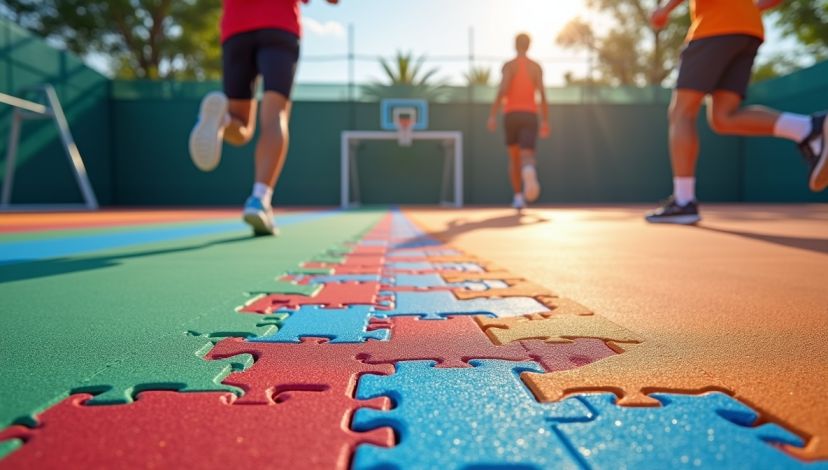Fitness has become an increasingly important theme in various forms of media, including manga. Manga, the traditional Japanese comics, have often featured characters who undergo physical transformations, training, and battles that focus on strength and health. Fitness in manga plots not only enhances the action but also emphasizes the importance of discipline, perseverance, and overcoming challenges. Whether it’s a martial artist perfecting their craft or a character training for a competition, fitness plays a central role in the development of these stories.
This article will explore how fitness is depicted in manga, how it influences character development, and why it resonates so well with audiences. Manga has long been a medium to portray epic journeys of self-improvement, making it an ideal format for stories about fitness.
Key Points:
- Fitness challenges shape the development of main characters in manga.
- Training sequences often symbolize growth and overcoming adversity.
- Manga stories featuring fitness can inspire readers to focus on personal health.
How Is Fitness Incorporated into Manga Plots?
Fitness is often a central theme in many popular manga series, especially those that focus on martial arts or athletic competitions. Characters are frequently shown training intensely, often under harsh conditions, to improve their abilities. Fitness challenges are not just about physical strength but also mental discipline, perseverance, and self-control. Manga plots often use physical challenges as a metaphor for overcoming personal struggles, making fitness a tool for character development.
For instance, in manga like Hajime no Ippo, the protagonist Ippo Makunouchi trains to become a professional boxer. The story focuses heavily on his physical and mental training as he faces opponents with different fighting styles. Each battle represents not just a physical fight, but also a test of his fitness, stamina, and resilience. Fitness in this context is symbolic of Ippo’s growth as a fighter and as a person.
Another famous example is Kuroko no Basket, where basketball players undergo intense physical and mental conditioning. Fitness here is depicted not just as a way to improve athletic performance, but also to build camaraderie and teamwork.
Why Do Fitness Challenges Have Such a Strong Impact on Manga Characters?
Fitness challenges in manga often play a significant role in the growth of characters. These challenges are not merely about improving their physical appearance or strength; they are about overcoming obstacles and personal limitations. When characters push their bodies to the limit, it symbolizes their journey toward self-improvement and the struggle to overcome inner doubts and fears.
For example, in Naruto, the protagonist Naruto Uzumaki trains rigorously to master his ninja skills. His training symbolizes his desire to gain respect and recognition. Fitness, in this case, is tied to Naruto’s larger goal of achieving his dream of becoming Hokage and proving his worth to his village.
Through these fitness journeys, manga characters often become role models for the audience, teaching lessons about perseverance, determination, and the importance of mental and physical growth. The idea that one can overcome any obstacle through dedication and hard work is a recurring theme in manga.
Table 1: Fitness Themes Across Different Manga Genres
| Manga Title | Genre | Fitness Focus |
| Hajime no Ippo | Sports (Boxing) | Intense training and physical conditioning |
| Kuroko no Basket | Sports (Basketball) | Teamwork, athleticism, and endurance |
| Naruto | Action/Adventure | Physical and mental strength through ninja training |
| Baki the Grappler | Martial Arts | Strength, conditioning, and combat readiness |
How Do Manga Authors Depict Fitness Training and Physical Transformation?
Manga authors employ various techniques to showcase fitness training and physical transformations. Training sequences are often drawn in a way that emphasizes the physical strain and effort involved. These sequences may include detailed illustrations of characters lifting weights, running long distances, or performing specialized training routines. The goal is to make the training process seem as intense and challenging as possible, highlighting the character’s growth over time.
In One Punch Man, the main character Saitama is depicted undergoing a simple yet rigorous fitness regimen: 100 push-ups, 100 sit-ups, and 10 km running daily for three years. While the exercise is minimalist, the portrayal of Saitama’s transformation into an overpowered hero is symbolic of how consistent effort, no matter how simple, can lead to extraordinary results.
In other cases, manga characters undergo drastic transformations. In Baki the Grappler, the protagonist undergoes extreme training to develop unparalleled strength, often pushing the limits of human endurance. The transformation is depicted in a hyper-realistic manner, highlighting the extreme dedication required to reach a peak fitness level.
Table 2: Comparison of Fitness Transformations in Manga
| Manga Title | Fitness Training Type | Transformation Effect |
| One Punch Man | Basic exercises (push-ups, running) | Superhuman strength and endurance |
| Baki the Grappler | Intense martial arts and weight training | Extreme physical strength |
| Dragon Ball Z | Intense martial arts and combat training | Superhuman abilities (e.g., energy blasts) |
| JoJo’s Bizarre Adventure | Rigorous fitness and combat training | Over-the-top physical abilities |
What Role Does Fitness Play in Building Manga’s Action and Drama?
Fitness often plays a key role in driving the action and drama in manga. The stakes in manga stories that involve fitness are not just physical but emotional and psychological. A character’s training journey becomes an integral part of the story’s plot, as they strive to reach new levels of skill and endurance.
In Dragon Ball Z, Goku’s fitness and training are central to the storyline. He constantly pushes his body and mind to achieve higher levels of power, fighting in epic battles to protect Earth. His fitness journey reflects his quest to become the strongest fighter, and each battle provides an opportunity to see how much his training has paid off.
Similarly, in Attack on Titan, the characters undergo intense physical training to become soldiers who can fight giant titans. Their fitness is directly linked to their survival and success in battle. The physically demanding training sequences also highlight the characters’ courage and determination, making their struggles more relatable and emotionally charged.
Note: Fitness in manga is often portrayed as a way to overcome seemingly impossible odds.
Conclusion
Fitness plays an essential role in manga plots, shaping character development, action sequences, and dramatic tension. Whether it’s intense martial arts training, athleticism, or simple physical conditioning, manga authors understand how to weave fitness into the fabric of their stories. These stories not only entertain but also inspire readers to push their limits and strive for self-improvement. Fitness challenges in manga symbolize growth, perseverance, and the quest to overcome adversity. By exploring these themes, manga gives us more than just a good story—it offers life lessons that resonate with readers of all ages.
FAQ’s
- How does fitness affect character development in manga?
Fitness in manga often symbolizes growth and personal development. Characters’ fitness journeys reflect their struggles and transformations, whether physical or emotional. - What are some popular manga that focus on fitness?
Manga like Hajime no Ippo, Kuroko no Basket, and Baki the Grappler focus heavily on physical training and fitness. - Does fitness in manga inspire readers?
Yes, many readers find inspiration in the dedication and hard work depicted in manga characters’ fitness journeys. - How is fitness depicted in action-heavy manga?
In action-heavy manga like Dragon Ball Z, fitness is often tied to the characters’ abilities to fight and overcome challenges, with intense training depicted throughout the series. - Can fitness be a central theme in manga genres beyond sports?
Yes, fitness can be central to many manga genres, including action, adventure, and fantasy, where characters undergo training to achieve new powers or abilities.




